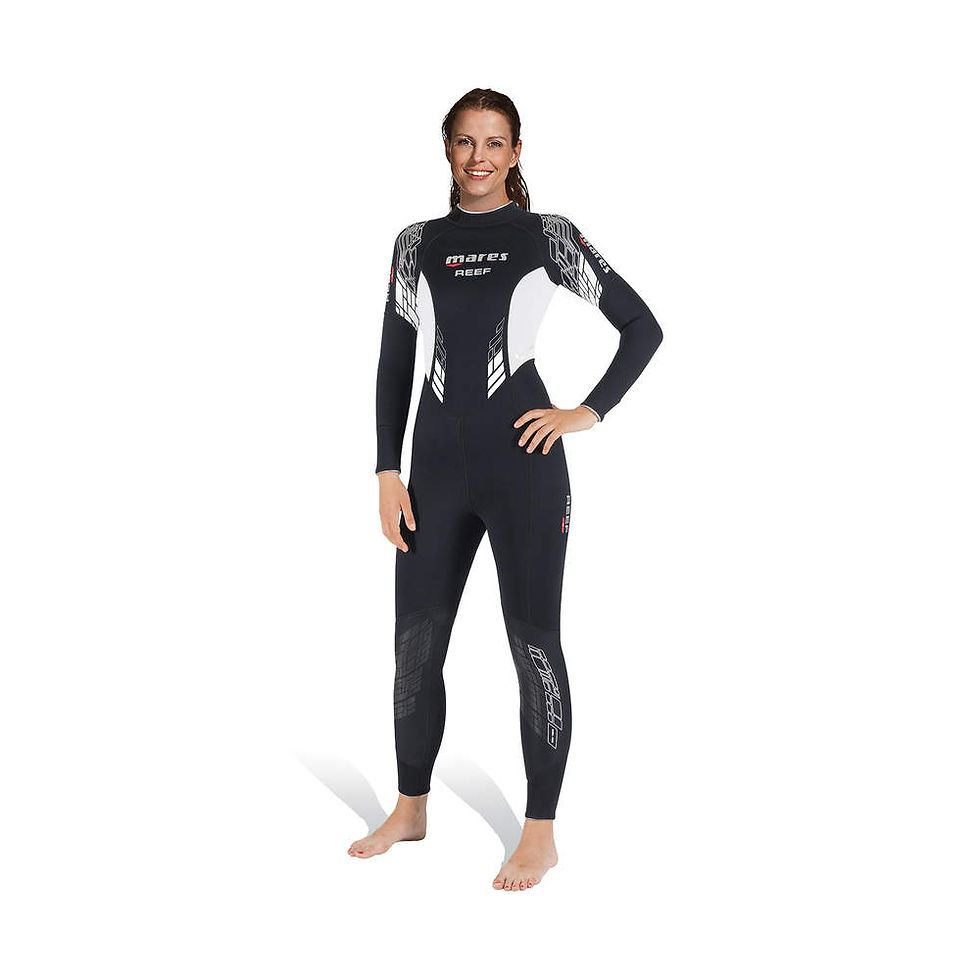Why Corrosion is Important to Divers
- David Swain

- Nov 9, 2022
- 3 min read
Salt water is a very harsh environment for all metals to be in. A combination of salt water and air is fatal to many iron based metals, some of us can remember just how quickly cars used to rust, indeed these days a stone chip can still cause an unsightly rust spot very quickly.

(The pictures in this blog are all of equipment that has been through our workshops)
Fortunately, materials and coatings have changed over the years and therefore equipment is better protected and lasts longer. Such is the case with diving equipment. But, and it is a big but, there are still some problems with the materials that are used in diving regulators.
We assume that corrosion is not a problem for regulators incorrectly. Corrosion is a serious problem and could in extreme cases cause irreparable damage to your equipment.

Stainless steel and brass like many, so called, corrosion free metals rely on passive corrosion to ensure that they do not rust. Here an oxide layer builds up forming a coating that keeps the oxygen away from the metal underneath thus stopping further corrosion. An example of passive corrosion would be a bronze statue that turns green as the copper oxide builds up on its surface.
How does corrosion build up in your diving gear? The most problematical is passive corrosion. During assembly and subsequent disassembly cleaning and reassembly the chromium layer of the brass is removed, particularly in the screw threads. When these become exposed to sea water, they build up a layer of passive corrosion and effectively bind the screw threads together.

This becomes a major issue because brass is a soft metal, and dive gear is not very accessible for tools. The greater the levels of passive corrosion the more force is needed to undo the components and therefore the higher the chance of damaging it.
Corrosion also builds up on the stainless-steel springs, 410, 420 and 440 stainless steels are martensitic and are susceptible to being magnetised, particularly where the ends have been machined, this magnetism attracts iron dissolved in sea water. Corrosion initially starts by iron deposition from the sea water but if left it spreads into the stainless steel itself causing pitting and weakening the component. Sometimes the flakes of rusted iron alone are enough to block vital airways or act as a grinding surface as parts flex or move as you breath.

The good news is that the annual service solves the problem, the components are stripped down, cleaned, rinsed, dried correctly, and inspected. All the seals are replaced with fresh lubricant and after reassembly tested and then set up to give a good breath.
This process removes the corrosion before it sets in sufficiently to cause problems and means that if there is sufficient damage to have weakened a component or reduce its functionality that component can be replaced before it fails.

What we are finding at the moment is that many people did not get their gear serviced before lockdown and have not thought about it since, meaning that some equipment is now 3 or 4 years out of service. Internal corrosion has built up causing problems with the servicing where it is extremely difficult to disassemble the regulators without damaging them.
In extreme cases the 1st stage has to be left to soak in hot cleaning fluid overnight then given a session in the ultrasonic tank, again with hot cleaning fluid, before it can be disassembled. Where this does not work part of the item has to be destroyed to gain access. Either of these methods will inevitably mean an increase in the servicing time with additional components required to complete the service and of course additional parts and labour costs.

The good news is that it is rare to find a set of regulators so badly damaged that it is uneconomical to repair them.
Winter is coming and the “closed season” for diving is at hand. Please bring your regulators and other equipment in early for servicing.
Some parts are becoming difficult to source and, if the UK importer does not have them in stock, there are long waiting times to get new items in through customs.
We hate giving a delayed service, but sometimes this is out of our control.
The sooner you bring your equipment in, the sooner we can order any components needed and the greater the chance of getting your equipment ready for you, for when it is needed.
Leaving it to the last minute is a recipe for disaster. There is the old adage
“Soonest done, soonest mended.”
Book your equipment in for a service now.
Contact David:
Telephone 07565 582 104
e mail scuba@beyondonebar.com




Comments